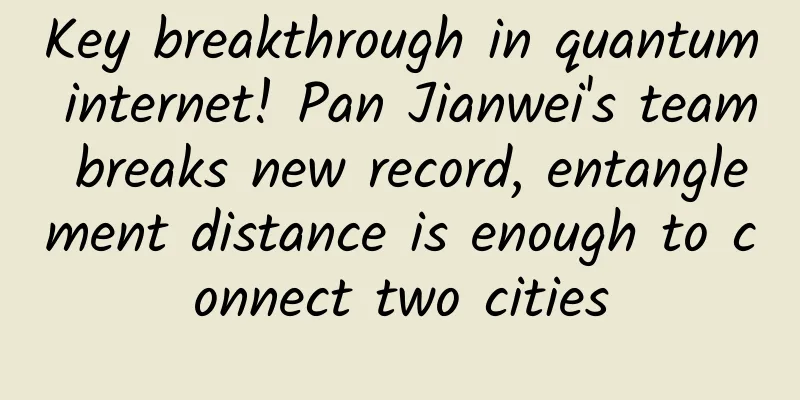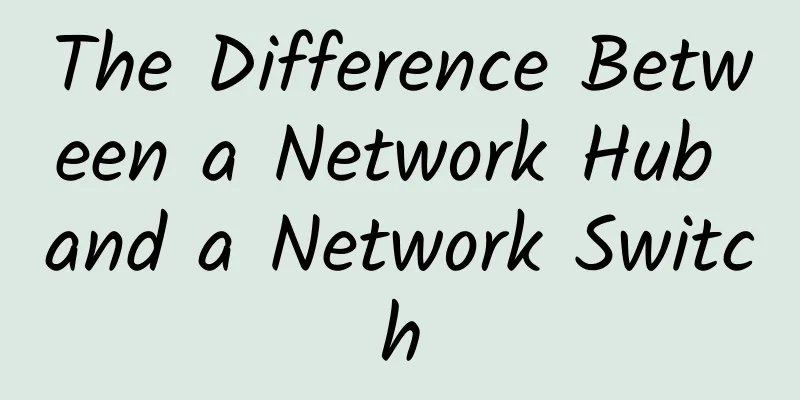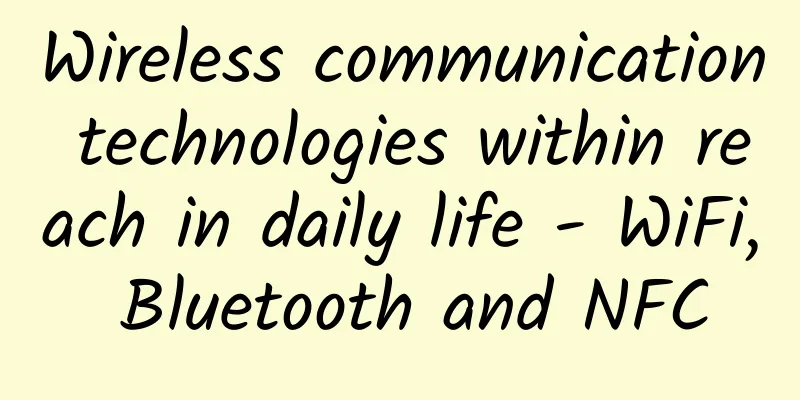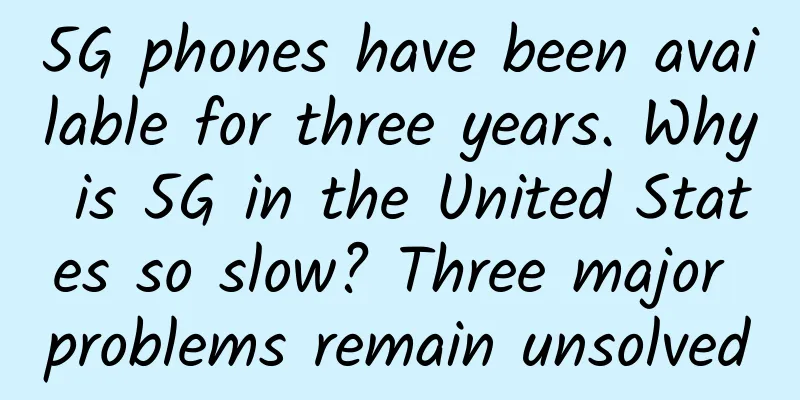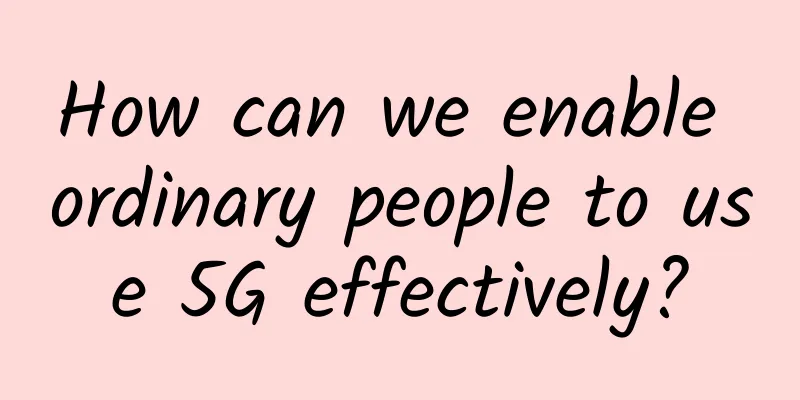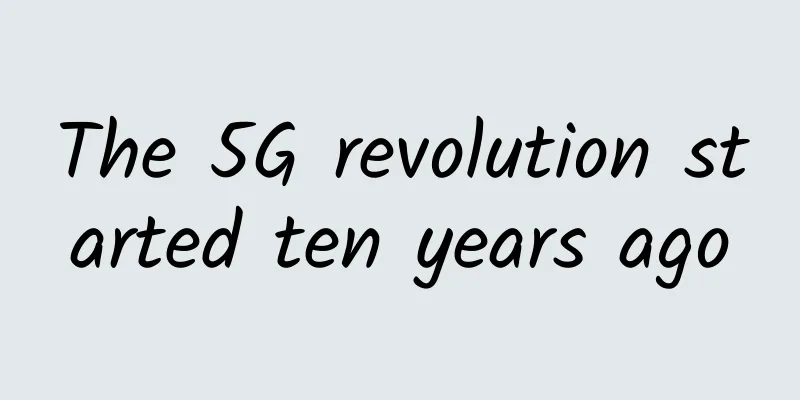5G and Net Zero: Can the Two Overlap?

|
As COP27 wraps up this year’s agenda, a number of key points were raised about the ICT sector and its role in decarbonisation, particularly in the areas of 5G and net zero. While it makes sense to focus on how technology can support decarbonisation across sectors, it can also play a considerable role in reducing its own energy consumption. Boston Consulting Group (BCG) estimates that actions by the ICT industry alone could reduce global emissions by 15% by 2030, more than a third of the total emissions needed to achieve global sustainable development goals. A total of 1.21 billion tons of CO2 could be saved, equivalent to $6.5 trillion. The telecommunications sector, a sub-sector of the ICT industry, currently generates 1.6% of all carbon emissions. If left unmanaged, this could be equivalent to 14% of global CO2 emissions by 2040. Led by the GSMA, most major telecoms companies have now signed a pact to reduce the energy required per unit of communications by 70% by 2050. However, how does this fit in with the growing demand for global data and connectivity to bridge the world’s digital divide? 5G is designed to address the digital divideThe ITU estimates that around 5.3 billion people, or 66% of the world’s population, will be using the internet by 2022. While this represents a 24% increase since 2019, with an estimated 1.1 billion people coming online during that time, this still means that 2.7 billion people are offline and unconnected. A growing awareness of the digital divide is driving the connectivity improvements we’re seeing today, and 5G is increasingly the technology behind it. Essentially, the strategic use of ubiquitous hotspots delivers the speed and reliability we need without compromising on the quality of the connection. It also reduces the need for operators to lay cables – an expensive, time-consuming and disruptive approach. This uninterrupted way of connecting society means that cellular connectivity can be quickly and cost-effectively rolled out to more people over wider areas, improving the nexus between 5G and net-zero networks. There is a catch, however. According to technology analyst firm ABI Research, the growth in 5G traffic could increase operators’ power consumption by a factor of x61 between 2020 and 2030, with more complex networks, more powerful network elements and more traffic all contributing to the surge in energy consumption. But on the other hand, the accelerated rollout of 5G networks also has the ability to phase out older, less efficient technologies. As of the end of September 2022, 142 operators in 56 countries and regions have completed, planned or are in the process of shutting down 2G and 3G, according to the latest information collected by GSA, which tracks the deployment of mobile infrastructure in markets around the world. With this comes further sustainability dividends. Not only do operators not have to power multiple networks across multiple technology iterations, they can retire networks that are power hungry by today’s modern standards. In many cases, 3G networks can be 70% less energy efficient than 4G networks, meaning there are valuable economic and environmental incentives to replace 3G networks. 5G and Network Zero are more likely to achieve this than other networks. So, as connections and mobile data continue to grow, and legacy networks are phased out in favor of increased 5G deployments, how can the industry curb its impact on carbon emissions and the planet? Sustainable development journeyAs consumers (and investors) begin to look more closely at the green credentials of network operators, their infrastructure and operations, there has been a concerted effort to focus on the practical steps operators need to take to align 5G with sustainability and green credentials. Firstly, buying ‘green’ products is a smart first step towards sustainability. Committing to buy renewable energy to reduce the impact of electricity consumption is a viable and worthwhile option. For example, companies such as Vodafone have pledged that all the electricity they use to power their network will come from renewable sources to reduce their carbon footprint. However, with 5G leading to increased consumption, operators must take a multifaceted approach to reducing carbon emissions, and this is just one piece of the puzzle. Secondly, Thomas Edison said it best: “Fortune happens where chance and planning meet.” Network planning is critical in today’s environment, and the complexity of 5G rollouts and the increased capital expenditure costs make accuracy more important than ever. Where and when will 5G services be most needed? What new infrastructure will be needed? What facilities can be covered with 5G to ensure that network capacity is at the required level when it is needed? The new business models and revenue streams enabled by 5G mean that network planning is no longer an afterthought in business. New ways of working, where technical and business teams work together to make smarter decisions based on the same data, will not only help make smarter capital expenditure decisions and optimize return on investment by ensuring the right infrastructure is deployed in the right place. It also means that when delivering 5G networks, they can save on the carbon footprint of unnecessary macro and small cells, but will still provide an amazing customer experience. Smarter planning and optimized networks are good for both business and ecology. Finally, AI has a role to play as it is very effective in improving energy efficiency. In fact, it has been listed in the operators’ annual reports as a key tool for optimizing energy efficiency through smarter network design and deployment. Data-driven, efficient energy management will play an important role in 5G network operations. Management applies to the entire network, including energy delivery from providers and base station sites themselves, for example, cooling, heating and lighting, power supply for network elements and mobile data transmission. AI also enables operators to streamline and optimize outdated processes. Take the critical procedure of drive testing, where devices are physically driven through the network to test whether the promised experience is the one delivered. Large network vendors such as Nokia are now using AI-driven technology to predict where to drive and which tests to conduct, eliminating trial and error and avoiding unnecessary driving and pollution. It also significantly impacts the time to market and efficiency of network deployments, accelerating the rollout of 5G and helping operators reduce the time to revenue. It is clear that the pursuit of net zero and improving ROI go hand in hand. Sustainability must be a business priorityRoman Freidrich of the Boston Consulting Group summed it up well: “Until now, the telecommunications industry has not received the same level of scrutiny and criticism as other high-emitting industries. But consumer and investment pressures are changing that.” In this regard, advanced technologies such as 5G offer new opportunities for operators to move away from legacy networks and ways of working, replacing them with more efficient, cost-effective and greener 5G network infrastructure. Virtualization also offers the opportunity to meet sustainability standards. While virtualizing the mobile packet core is beneficial, even greater carbon savings can be achieved at the edge of the radio access network (RAN), especially for 5G. Benefits – More efficient energy consumption means lower electricity bills; more accurate planning leads to savings in both capex and opex, lower churn and happier customers; modern ways of working, coupled with AI-driven processes, mean not only better decision making but also the ability to optimize the entire value chain and share the benefits of net zero more widely. Sustainability in the industry will continue to be an ongoing business driver and those organisations that commit to 2050 carbon neutrality targets, 5G and net zero goals will find it is not only a win for operators but also for their customers and the planet. |
<<: IPC Streaming Media Transport Protocol (Part 2) - SRT
>>: Expert Viewpoint: Looking into the future of the Internet
Recommend
Why do people take the secondary roads instead of the highways? There are reasons why IPv6 is difficult to popularize
Why take the IPv4 side road when there is the IPv...
The maturity of 5G technology is the key to the real implementation of autonomous driving
[[182056]] Recently, the news that "Huawei&#...
HostYun: Hong Kong high bandwidth VPS monthly payment starts from 18 yuan, South Korea VPS monthly payment starts from 16 yuan, Japan/Russia/Los Angeles Cera monthly payment starts from 19 yuan
Let me recommend HostYun, a long-established low-...
What secrets do you not know about the spanning tree protocol?
1. Spanning Tree Protocol (STP) Compaq was long a...
The first call was made to speed up 5G commercial use
5G commercial use is targeted for 2020, and all p...
Explore the unlimited potential of 5G technology
Information technology experts and economists hav...
The lingering troubles of Apple computers! How to make them compatible with USB flash drives and mobile hard drives
[[348358]] Many friends who use Apple computers o...
Summary of the State Council Information Office press conference, involving 5G, chips, etc.
[[423758]] On the morning of September 13, the St...
There are five main differences between RS232 and RS485
Many communication protocols are often used in em...
Cisco ushers in a new era of networking
The recent WannaCry ransomware cyberattack target...
What do you think the sequence number of a TCP reset message is?
This article is reprinted from the WeChat public ...
Intelligent connectivity: the convergence of 5G with AI, IoT and AR
Although it is still too early to truly measure t...
Three-minute review! A quick overview of 5G industry development trends in September 2021
After the rapid development in 2020, 2021 is a cr...
RAKsmart: Korean server flash sale starting from $59/month, 2*E5-2620v2/32GB/1TB/10M premium network
RAKsmart has launched this month's flash sale...
The launching ceremony of the 4th "Zhanhua Cup" 5G Application Collection Competition-Fujian Regional Competition and the Information and Communication Development Research Forum were successfully held in Xiamen
[[406599]] From left to right: Ye Kai, Song Zifu,...
